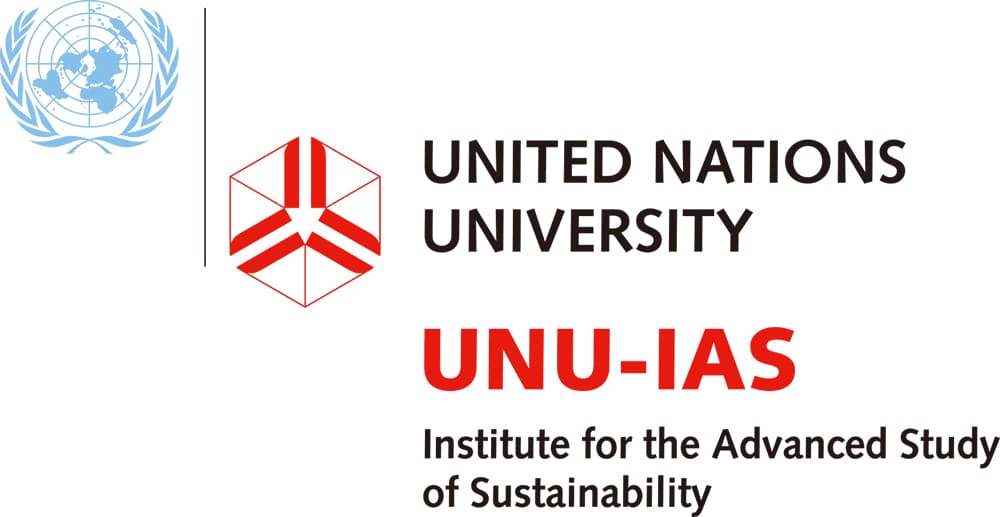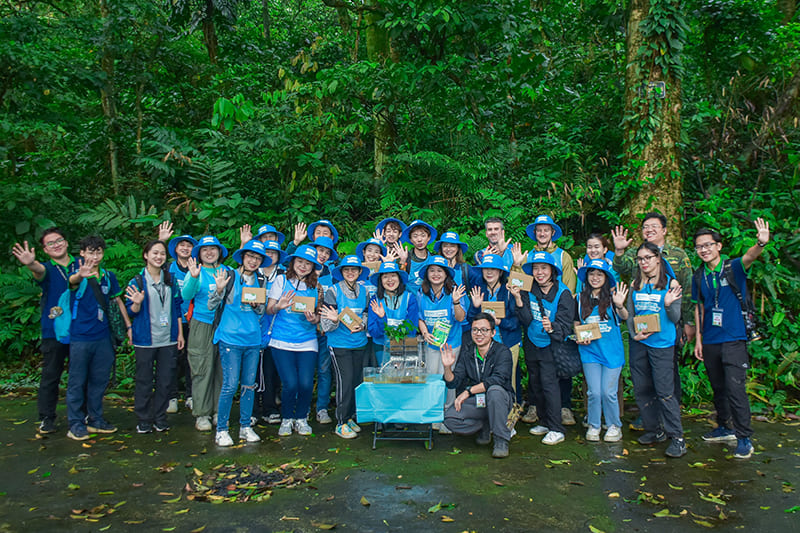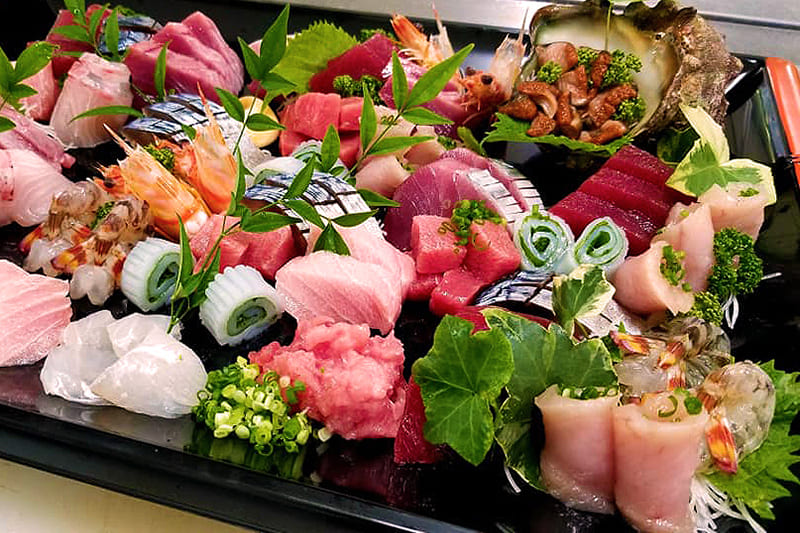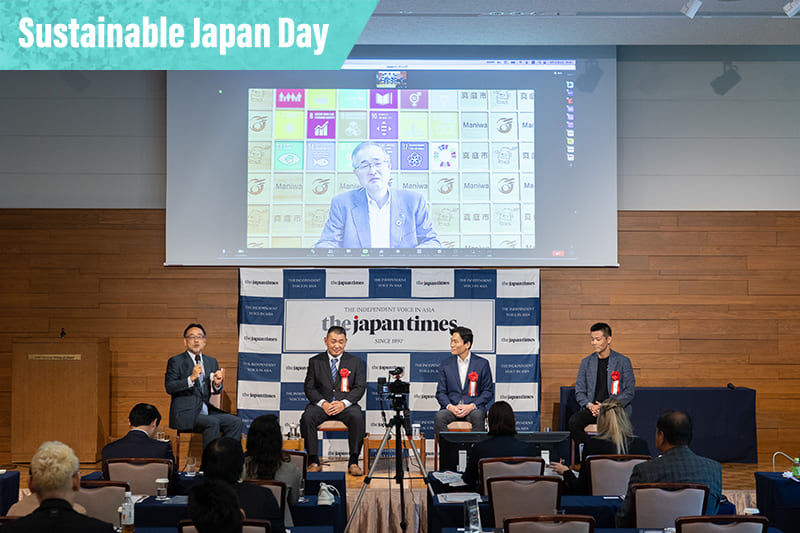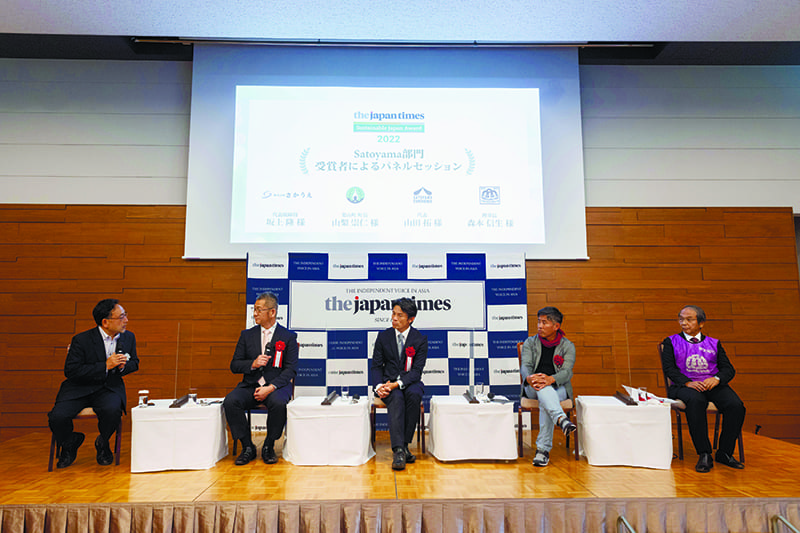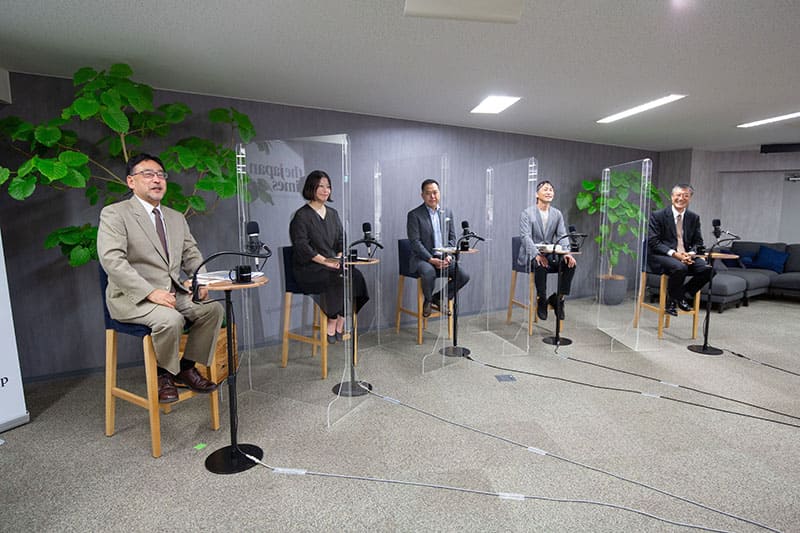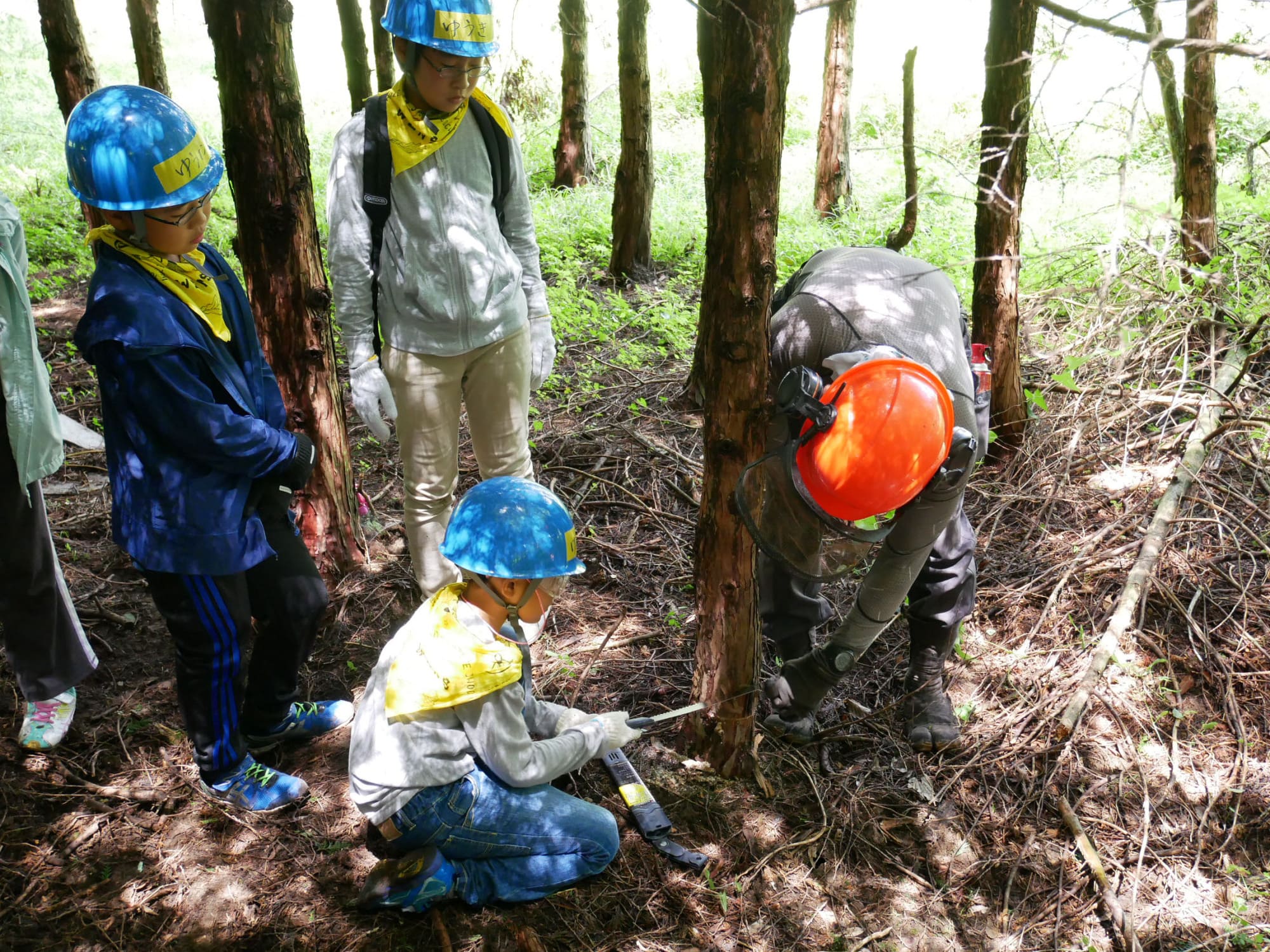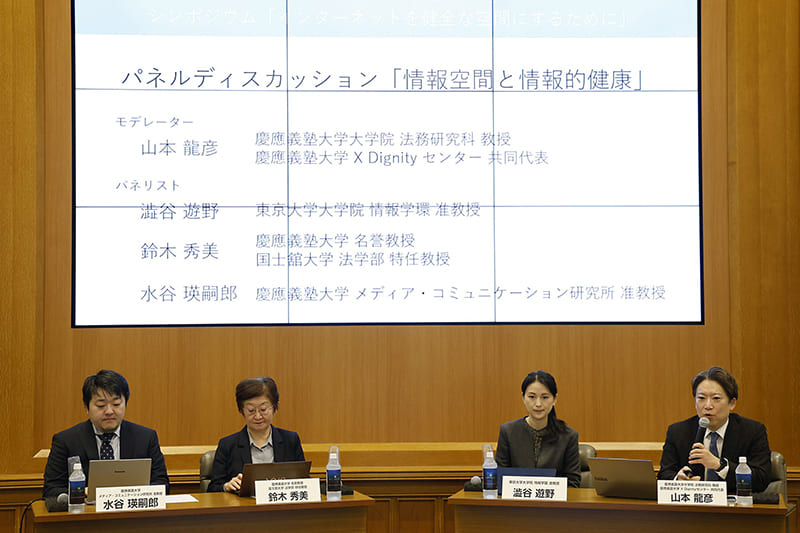January 22, 2021
Evonne Yiu, U.N. researcher and champion of forests and sea
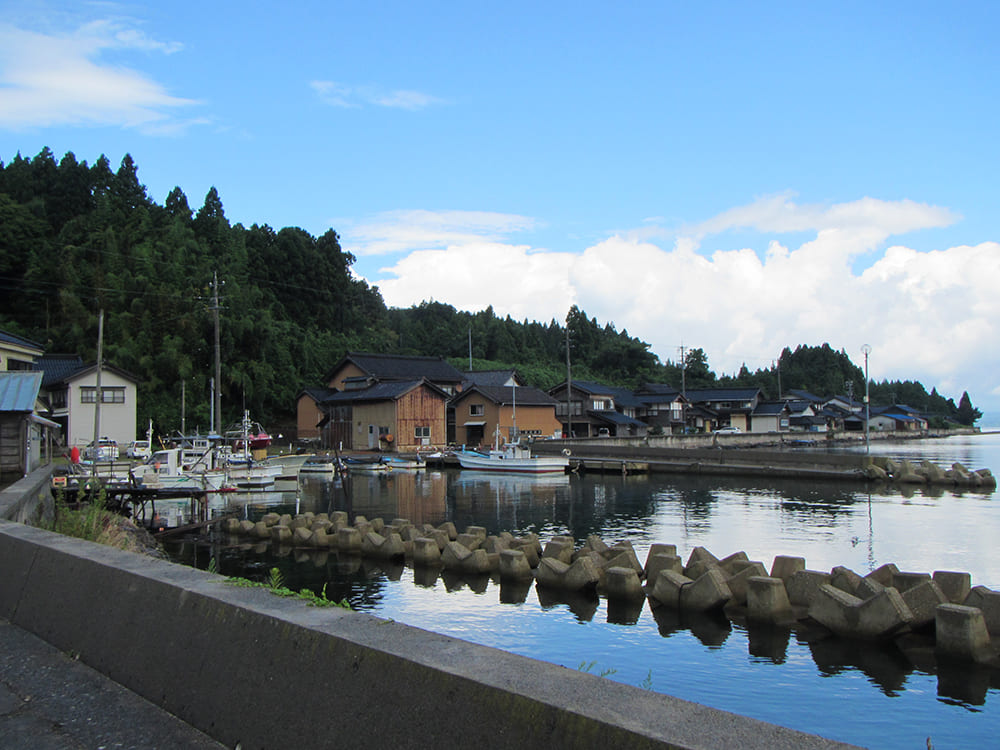
The early morning sea off Ishikawa Prefecture was gentle, the fisherman sitting casually at the boat’s bow. They were idling just inside a breakwater, an artificial reef made of massive concrete blocks. He pointed at the water and spoke in a local Japanese dialect to his passenger, a polite female academic who had been asking questions around his fishing village. For some reason, he trusted her.
“Go ahead. Feel it.” The woman put her hand in the water. Warm to the touch, almost like a lake. The fisherman shook his head. “The concrete, it heats the water. And with warming oceans, fish are changing. More off-season catches, hybrids, rather worrying.”
It was just like he had described in the izakaya the night before. Nobuhiro Kido was one of many fisherman she had spoken to, each telling her the same story: These breakwaters were hurting their sea.
Devoted to sustainability
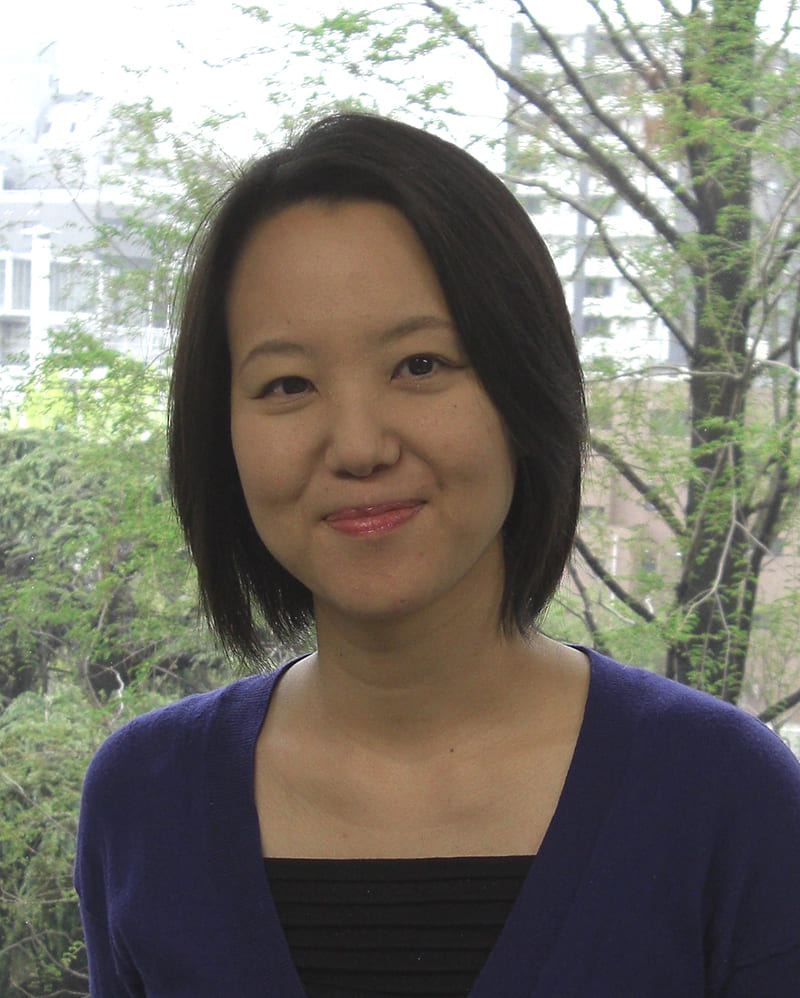
Evonne Yiu is a Singaporean researcher with the United Nations Institute for the Advanced Study of Sustainability living in Tokyo. Her mission: to apply the U.N.’s 17 sustainable development goals (SDGs) and maintain Japan’s satoyama (village forests) and satoumi (coastal seas). As a researcher with the U.N.-affiliated International Partnership for the Satoyama Initiative (IPSI), she is dedicated to a distinctly Japanese approach to conservation and biodiversity.
Yiu speaks passionately about her organization’s Japanese origins. “The terms ‘satoyama’ and ‘satoumi’ mean ‘forest’ or ‘sea,’ but not as unspoiled, untouched places. The two terms also imply productivity and usefulness to humans. There are modern English terms that do this now, like ‘ecosystem’ or ‘sustainable development,’ but the Japanese language included such ideas long ago.” Unfortunately, the satoyama and satoumi are facing a crisis of multiple causes. “When I first lived in Japan and drove by the forests, I thought they were these picture-perfect places. Now I understand so many are dying from the inside out.”
The quiet crisis
Much of the forests seen from a shinkansen window are shiyū rin (private forest): 58 percent, according to a decades-old survey. Once maintained by communities through logging, hunting and foraging, now up to 77 percent of shiyū rin land is abandoned or in need of maintenance due to depopulation. Millions of hectares are choked with deadfalls and overgrown with coniferous trees like cedar and cyprus. As wildlife encroaches and landslide-prone hillsides become overburdened, the consequences are often deadly and self-reinforcing. The Ministry of Agriculture, Forestry and Fisheries has put the damage caused by birds and beasts in 2018 at about 15.8 billion yen ($150 million), with 157 people hurt and two deaths from animal attacks. This makes the communities near satoyama less productive, leading to even more rural abandonment and urban crowding. “It will take not just struggling local governments, but also the more funded and competent urban institutions to manage these lands,” Yiu said.
The seaside was similar: Local communities once fished and maintained industries such as fish farming, but always within sensible limits. Depopulation is also the villain here, with the added enemy of government mismanagement. Nearly 50 percent of Japan’s 35,000 kilometers of coastline has been covered or somehow altered by tetrapods and other forms of concrete. The breakwaters in particular are hurting the coastlines they were built to protect, causing heated seas and “coastal deserts’’ bereft of seaweed. Yiu notes an interesting statistic: “At ¥100,000 a tetrapod block, there are perhaps other reasons these things are still being built.”
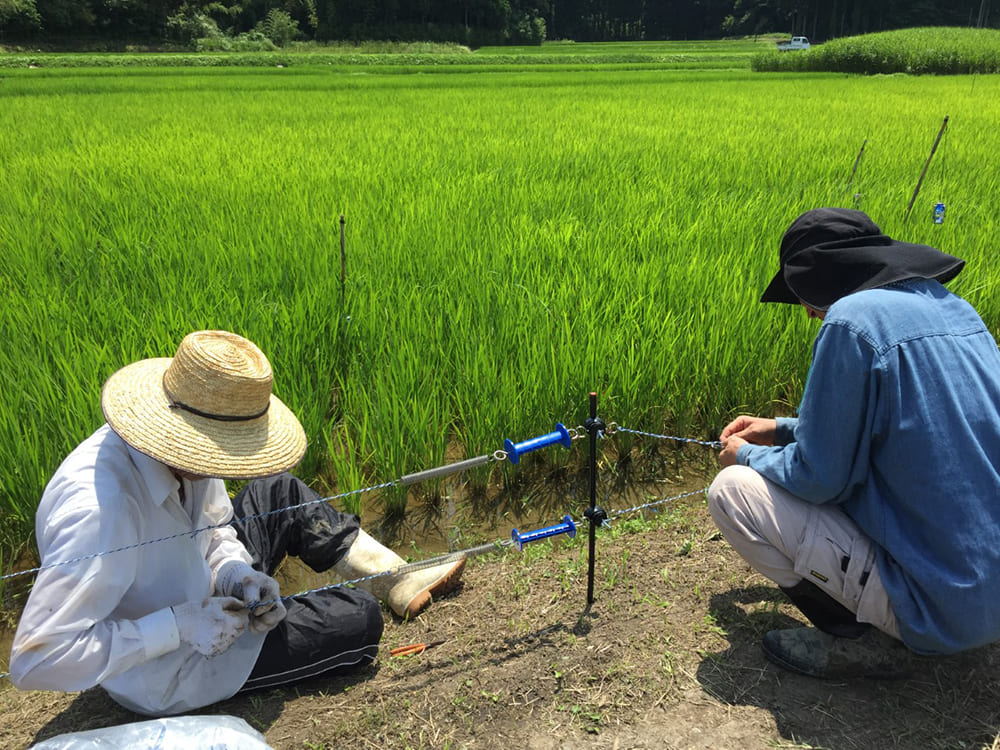
How are breakwaters and abandoned forests linked? Yiu thinks it is obvious. “Satoumi and satoyama are not separate issues. They are intrinsically linked. Everything on land — from the plastic we burn in our crowded cities to sewage runoff — could end up in the ocean eventually. And so much of what the sea gives us — fish, fresh air, salt — is incredibly important for our survival.” As past generations understood, to threaten satoyama or satoumi is to threaten Japan itself.
Even with so much to do, Yiu radiates confidence. Her organization, IPSI, showcases inspiring case studies from both here in Japan and abroad. In Japan these are often organized by private companies. This is a unique aspect of Japan: Instead of being the villain, big business is the opposite. “The Keidanren” — Japan’s top business lobby — “are actually some of our biggest supporters of SDGs,” Yiu said. From Sony’s private forest in Aichi to food processor and chain restaurant owner Aleph’s work to preserve Lake Biwa, IPSI’s site offers many examples. IPSI also offers outside examples for Japan’s government officials. “Taiwan is ceasing installation of breakwaters and implementing satoyama concepts in their environment policies, while Philippines is switching back to biodiverse solutions like mangroves and coastal forests.”
Local wisdom to global action
More needs to be done, which is why Yiu was out on that boat, testing the water with her own hands. “The people who know the most — about both the issue and the traditional solutions — these aren’t academics or politicians or business leaders, but the local people. They might be humble, but it’s humbling for me when I can connect with them. I’m inspired to be a voice for them, and that’s what IPSI does best.”
Yiu’s mission is a mission for everyone in Japan, and it is easy to help. While Yiu said, “It’s never too late to join the United Nations!” a job change isn’t required to help the forests and the sea. Instead of supermarkets, buy from farmer co-ops like Co-op Sanchoku.
Skip Sunday shopping to spend time in forests like Aokigahara. Search online for “beach clean-up,” like the ones organized by Minimal Living Tokyo. You might find yourself side by side with a certain Singaporean activist with a big smile, great stories and a sense of purpose we can all share.
